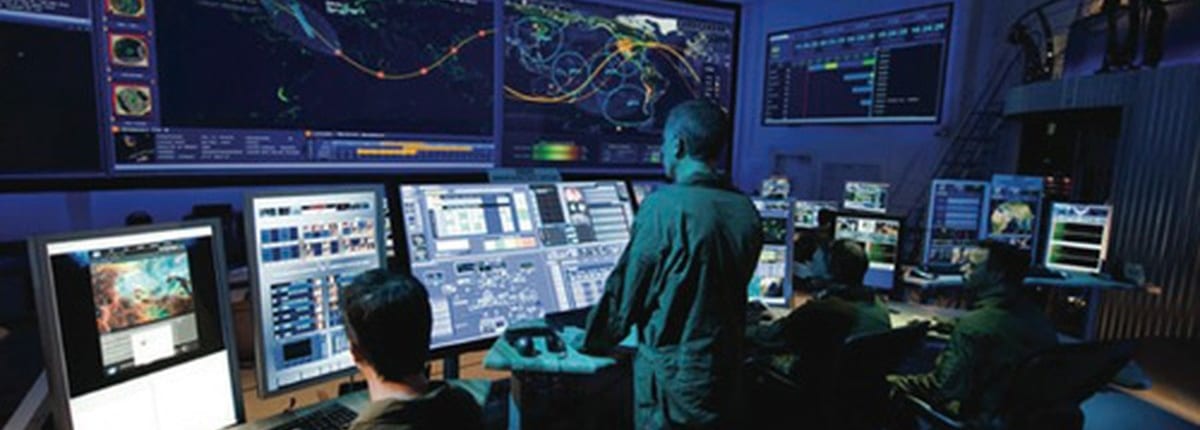Space Force?

Air Force Space Commander Headquarters, Photo Credit – Air Force Times
By PNC Carl Singer
NEW JERSEY – The United States military must have a well-defined mission and capability in space. Briefly the military needs to consider both offensive and defensive requirements.
- Space is the high ground for observation – satellite imagery and sensors provides valuable information.
- Space is a communications platform – many forms of communication and GPS rely on space-based satellites.
- Space possibly can serve as a weapons platform.
- We need to defend against disruption of the above space-based capabilities / assets.
I’ve jumped the gun – what is “space” – where does “earth” or “sky” end and where does “space” start? This is an interesting boundary question. Is it the troposphere? Is it the stratosphere? Does it matter?
Force Structure:

Purdue Graduate Neil Armstrong
By design, there is significant specialization and capability overlap within the United States Military. For example, the mission against Osama bin Laden which took place over 750 miles from the nearest ocean, was conducted by Navy Seals. Recently Air Force Tech. Sgt. John Chapman, a combat controller, posthumously received the Medal of Honor for his efforts in ground combat saving the lives of Army Rangers in Afghanistan. Ted Williams, as some of you may recall, was a pilot – in the Marine Corps. Similarly planes that take off from aircraft carriers belong to the Navy, not the Air Force.
Those of you who are members of the greatest generation remember that during World War II there were only three branches of service: the Army, The Navy and the Marine Corps. (Note: the Marine Corps was tethered to the Navy for much of its logistic support.) Not to be overlooked there was also the Coast Guard and the Merchant Marines whose wartime roles were significant. You will note that there was no Air Force. There was, of course, the Army Air Corps.
On September 18, 1947 after considerable analysis and planning The National Security Act of 1947 established the Department of Defense with the Joint Chiefs of Staff (to replace the War Department and the Navy Department) and also the U.S. Air Force as a separate branch of service.
Here is the question that needs deep analysis – is the above mission best accomplished by a separate “Space Force” or by levying these requirements on the Air Force and the other branches?
Currently the Air Force has ten distinct commands, including: the Air Combat Command, the Air Force Material Command, and the Air Mobility Command. And, yes, the Air Force has the Air Force Space Command! Its mission is the “Development and operation of military space and cyberspace technologies.”
Would the mission be better accomplished with a separate branch of service? In a word, NO! The integration, interdependence and cooperation among the various commands would be severely hampered. There is nowhere near the critical mass appropriate to warrant the creation of a separate branch – the Space Force. Perhaps twenty years from now there will be a need to spawn a space force – similarly to the transition of the Army Air Corps to the Air Force – but that time is not now. The Space Force idea is lots of sizzle, no steak.
Volume 72. Number 3. Fall 2018









